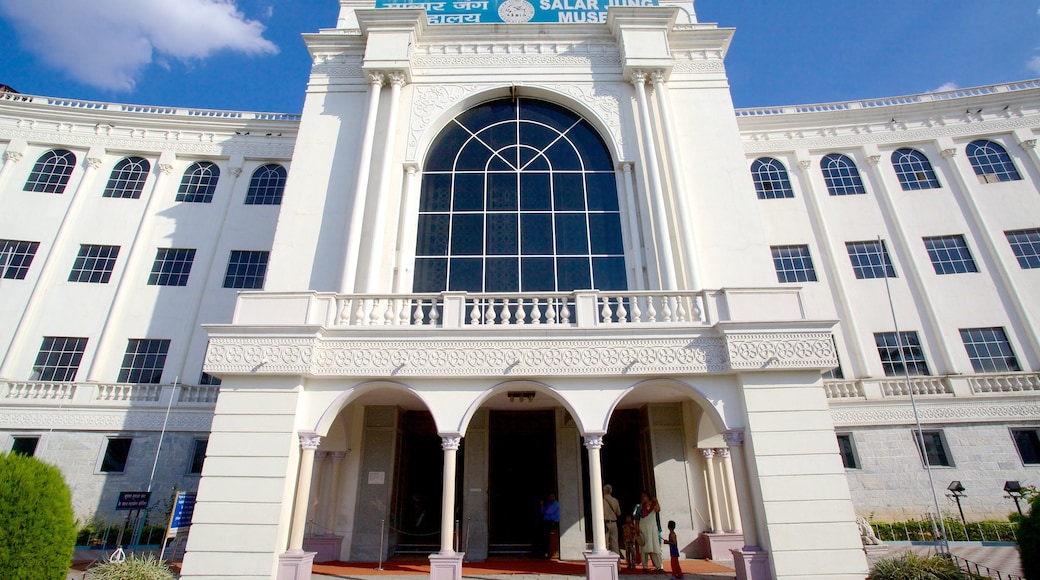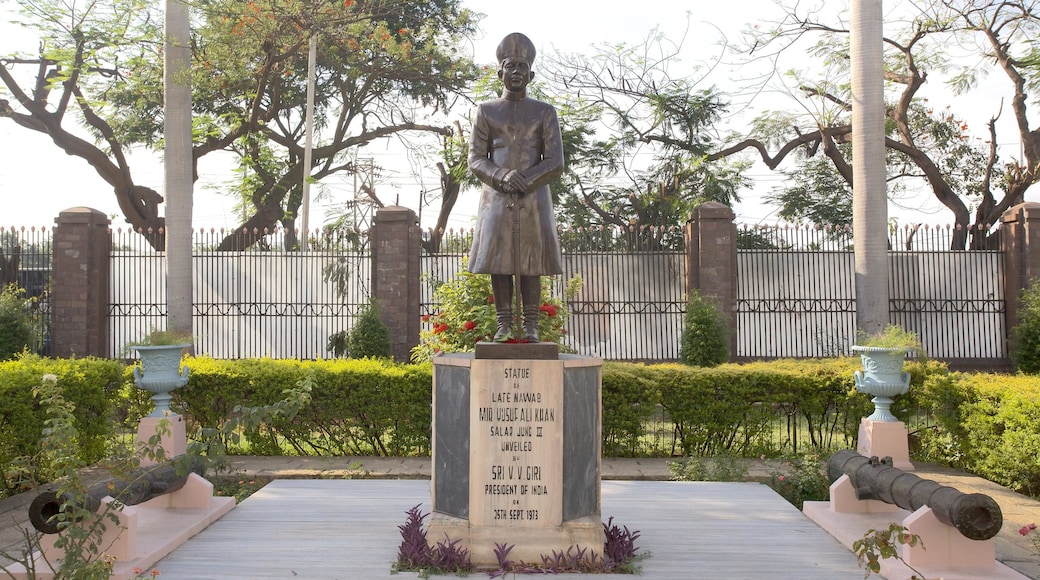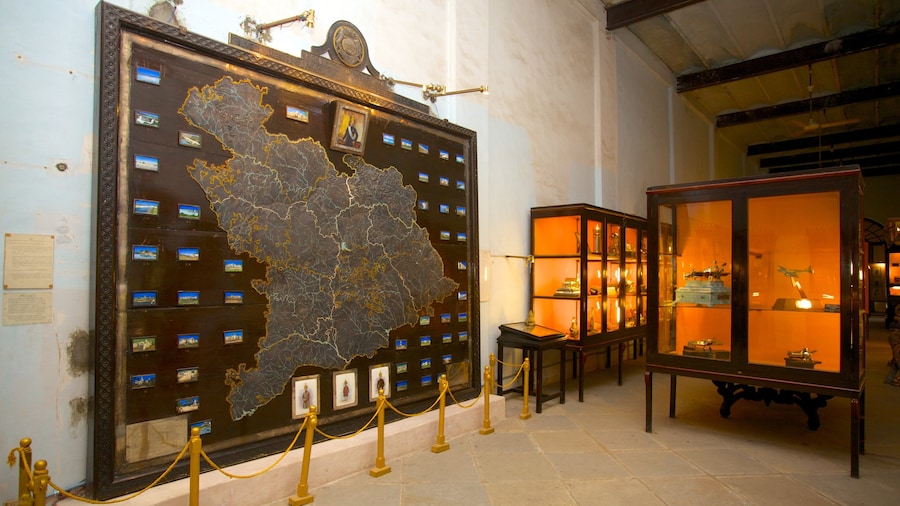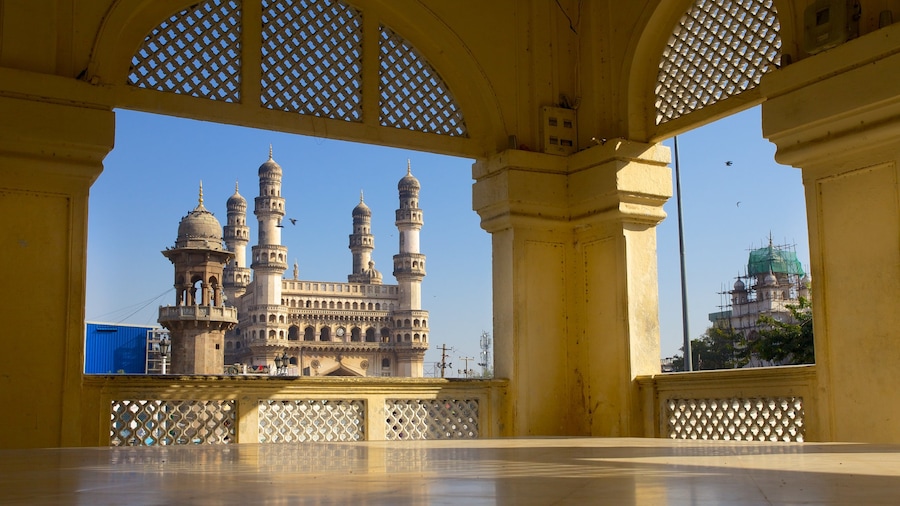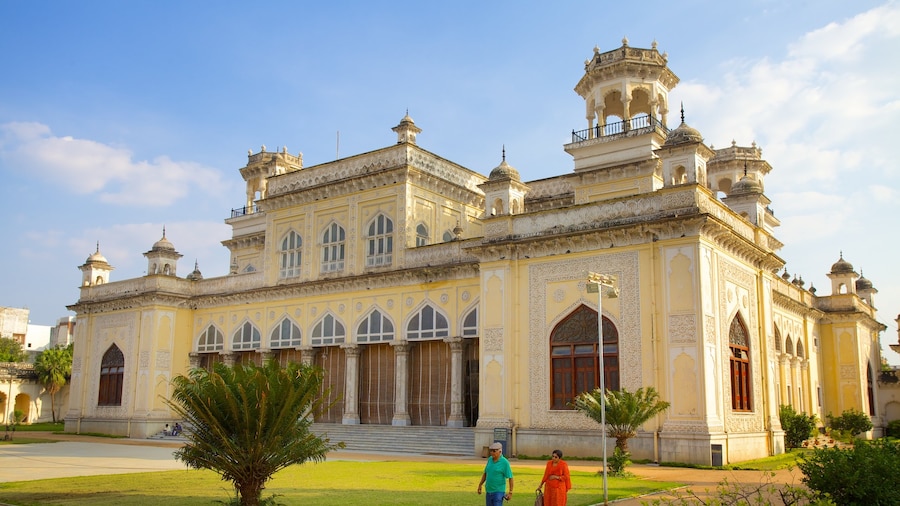瀏覽探險家薩拉爾江收集的書籍、藝術品和其他有趣新奇的物品,彷彿帶領您進入一段時光之旅,在 2 到 20 世紀的時空中穿梭。
薩拉爾江博物館是印度最珍貴的歷史機構之一,館內收藏了各個時代多不勝數的古代學術刊物、生鏽的武器裝備和珍貴王室的物品。這些引人入勝的收藏品由一位環球探險家所收集,值得您仔細觀賞。
探險家薩拉爾江在 19 和 20 世紀走遍世界各地,並在旅途中收集各種紀念品。博物館建於 1951 年以收藏他從歐洲和亞洲各地收集的紀念品。
館內的展品均以來源地區分類。印度展區展出來自不同印度歷史時期的紡織品、石製雕像和玉雕,您可以從許多文物中可看到莫臥兒文化的影響。此外,美麗的翡翠 rehal (書立) 也令人大開眼界。館內亦展出了 14 世紀的微型畫收藏品,而在展櫃之間則擺放了學術與宗教相關的古代手稿。
在東方展區收藏了來自敘利亞和波斯的物品,包括地毯、陶瓷和華麗的漆木家具。相鄰的展廳擺放了來自日本的珍貴瓷器、琺瑯家品和木版畫,各式展品可謂琳瑯滿目。
走進西方世界欣賞歐洲雕像、油畫和手工製作的時鐘。值得注意的是《蒙面纱的利百加》(Veiled Rebecca) 大理石雕像,這尊雕像是薩拉爾江一世在 1876 年期間的意大利之旅所收集;此外,還有一套法國國王路易十六擁有的象牙椅。
如想深入了解陳列展品的意義,您可以在博物館入口租用英文語音導覽。若您帶同小孩參觀博物館,可以前往兒童區遊玩,寓教育於娛樂的設計能讓孩子了解印度歷史的神怪和奇蹟故事。
薩拉爾江博物館位處穆西河 (Musi River) 南岸,鄰近海德拉巴市中心。博物館設入場費,拍攝需額外付費。
